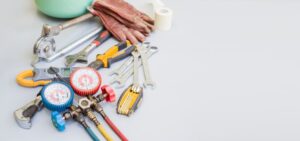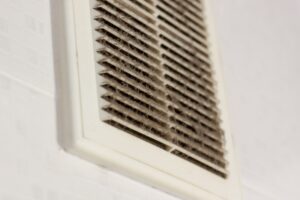Blog

Should I Perform My Own Greensboro, NC Heat Pump Repairs?
For many homeowners in Greensboro, NC, DIY projects are often an exciting way to save money and feel accomplished. However, when it… Continue Reading Should I Perform My Own Greensboro, NC Heat Pump Repairs?

4 Causes of Your Home’s Poor Airflow and Comfort in Julian, NC
Whether you use a heat pump or furnace to warm your home in Julian, NC, you should get consistent airflow, assuming your… Continue Reading 4 Causes of Your Home’s Poor Airflow and Comfort in Julian, NC

Why You Need an Air Purifier in Greensboro, NC
Since your HVAC system already uses its own air filters, it may seem unnecessary to use additional indoor air quality (IAQ) equipment… Continue Reading Why You Need an Air Purifier in Greensboro, NC

How to Choose Between Furnace Replacement and Repair
You probably want to put off furnace replacement for as long as possible. Fortunately, there are ways to tell whether your furnace… Continue Reading How to Choose Between Furnace Replacement and Repair

5 Tips for Making Your Furnace Last Longer in Elon, NC
If you live in Elon, NC, you must own a reliable furnace to help you through the winters. Here are five tips… Continue Reading 5 Tips for Making Your Furnace Last Longer in Elon, NC

5 Signs Your Home Needs New Electrical Wiring
Keeping your home safe should be a top priority. This means having your electrical system inspected and repaired or replaced whenever it… Continue Reading 5 Signs Your Home Needs New Electrical Wiring
